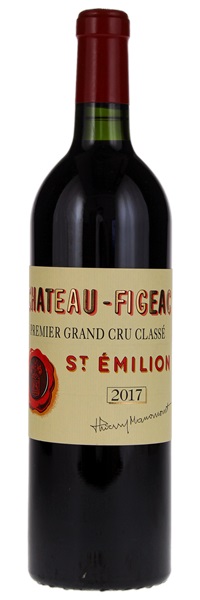
...soars out of the glass with vertical intensity and intensive power. The flavors are just pulsing with energy. Time in the glass brings out a captivating range of lavender, spice, mint and rose petal overtones.
...deep well of black currant, fig and blackberry preserve flavors that form the core. From there, iron and espresso cream threads line the finish, where the fruit drips slowly and the aromas linger seductively.
Medium-bodied, the palate has wonderful vibrancy with a refreshing line cutting through the crunchy black fruits and a firm, finely grained frame, finishing long and spicy.
It offers a beautiful bouquet of creme de cassis, tobacco, violets, and tobacco, with a touch of forest floor and earth. Made in a pure, elegant, medium-bodied style, it's beautifully textured, seamless and elegant...
Deep nose of black fruit and savory notes, together with a hint of leather. Impressive concentration and ripeness for the vintage. The acidity is lively but discreet, the fine tannins driving the long and focused finish.